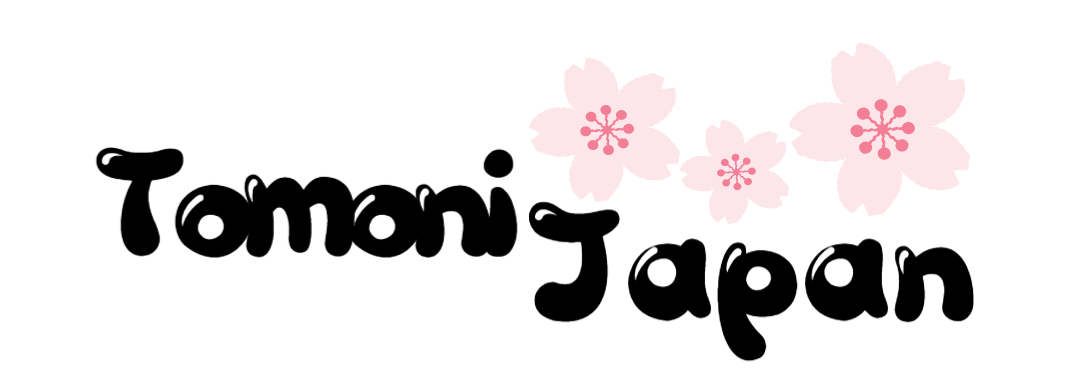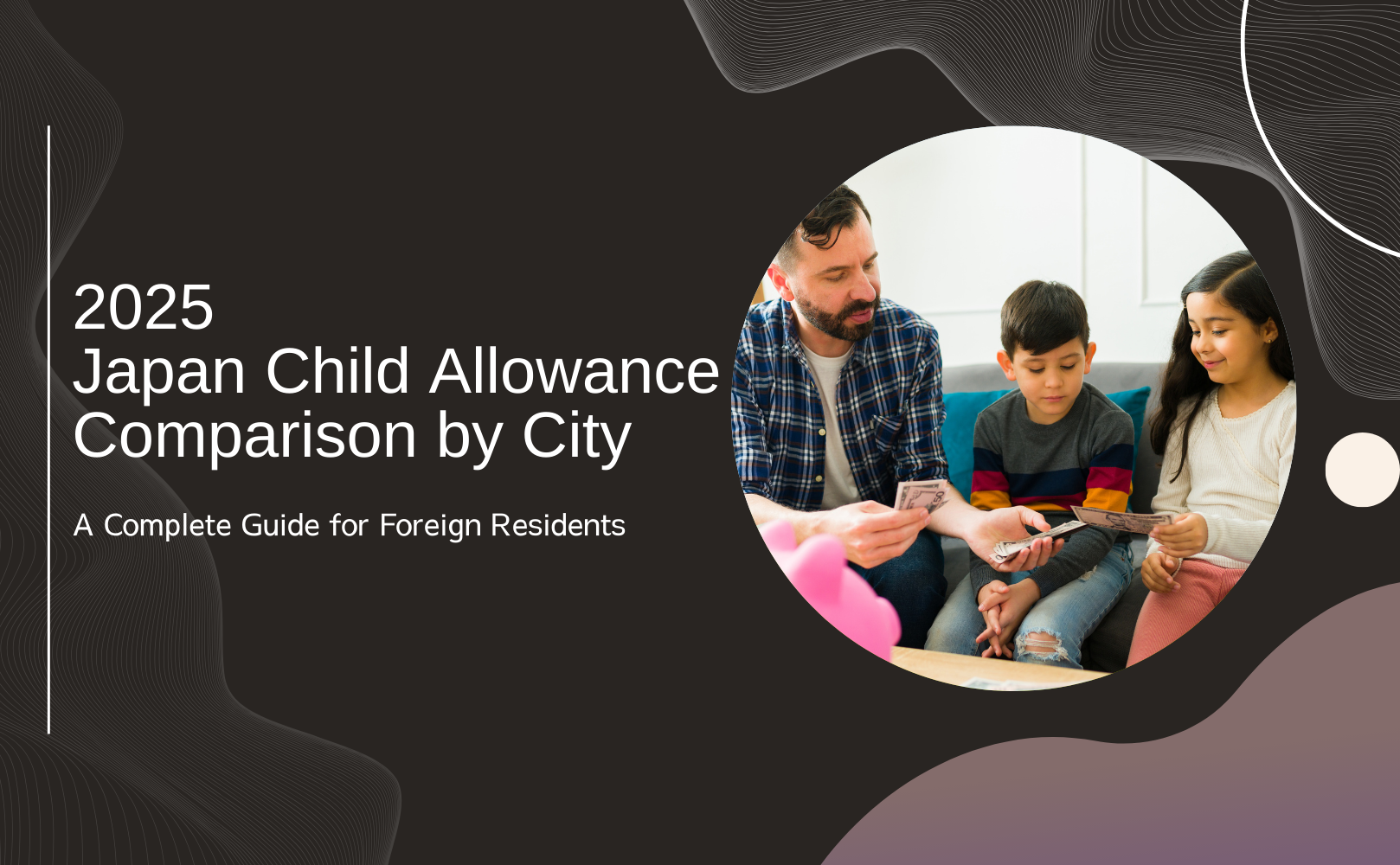Raising a child in Japan comes with many decisions — one of the most important being where to live. As of October 2024, the Japanese government has made major reforms to its Child Allowance (児童手当, Jidō Teate) program. These changes, which will fully apply in 2025, benefit all families, including foreign residents, and include extended age eligibility, the removal of income limits, and increased support for families with multiple children.
While the basic child allowance is a national benefit and applied uniformly across Japan, each local government (city or ward) may offer additional financial support, subsidies, or services — making your city of residence a key factor in your overall family support system.
This guide compares the 2025 Japan Child Allowance by major cities, outlines how foreign residents can apply, and provides tips on choosing the right place to raise your child.
2025 Japan Child Allowance: Key National Updates
| Category | Details (2025 onward) |
|---|---|
| Eligibility | Children aged 0 to 18 (until March 31 of high school graduation year) |
| Income Limit | Abolished from October 2024 |
| Monthly Amount | – Ages 0–2: ¥15,000 |
- Ages 3–12: ¥10,000
- 3rd child and beyond (ages 3–12): ¥30,000
- Ages 13–18: ¥10,000 |
| Payment Frequency | 6 times per year (even-numbered months) |
| Application Process | Through your city/ward office, paid to your designated bank account |
Keywords to note: 2025 Child Allowance, Japan Child Allowance, Child Allowance by Municipality
City-by-City Comparison: Where You Live Matters
While the child allowance itself is standardized nationwide, many cities and wards offer additional benefits like childbirth bonuses, extra subsidies, or access to free services. Here’s how major cities compare:
Tokyo 23 Wards
- Base Child Allowance: Standard national amount
- Local Bonuses (examples):
- Suginami Ward: ¥100,000 in gift certificates after childbirth
- Bunkyo Ward: ¥30,000 cash for first child, more for additional children
- Shibuya Ward: Postpartum health support subsidies
- Childcare Infrastructure: Dense network of nurseries and kindergartens
Why choose Tokyo?
High-quality infrastructure, international schools, and extra benefits — but expect higher living costs and intense daycare competition.
Nagoya City
- Base Allowance: Standard
- Extra Support: Some districts offer daycare discounts or subsidies
- Childcare Access: Easier than Tokyo; moderately competitive
Living in Nagoya offers a good balance between urban convenience and more manageable childcare systems.
Fukuoka City
- Base Allowance: Standard
- Additional Aid: Some wards provide small childbirth bonuses
- Family-Friendly Features: Lower living costs, good public services, fewer waitlists for daycare
Fukuoka is ideal for families wanting urban amenities without Tokyo-level prices or congestion.
Osaka City
- Base Allowance: Standard
- Additional Support: Varies by ward; some offer parenting support services
- Infrastructure: Wide range of childcare facilities but high demand
Osaka appeals to international families seeking vibrant culture and extensive educational resources — with some daycare availability concerns.
Smaller Cities & Rural Areas
- Base Allowance: Same as all cities
- Additional Benefits: May include local childbirth grants or baby welcome kits
- Daycare Availability: Varies; often easier to find open spots
Living in regional cities can provide a more relaxed environment and stronger local community ties, though support services may be limited.
Applying for Child Allowance as a Foreigner in Japan
Yes, foreign residents are eligible for child allowance under the same conditions as Japanese citizens, as long as you’re legally residing in Japan and your child is registered on the juminhyo (resident registry).
Requirements
- Parent and child must be registered residents
- Parent must hold a valid mid-to-long-term visa
- Application must be submitted within 15 days of birth, move-in, or gaining custody
Required Documents
- Child allowance application form (available at your city office)
- Parent’s ID (Residence Card or My Number Card)
- Child’s juminhyo (resident certificate)
- Bank account details (for payment deposit)
Application procedures may vary slightly by municipality, so it’s best to confirm with your local ward or city office.
FAQ: What Foreign Families Need to Know
Q: Can foreigners apply for child allowance in Japan?
A: Yes — as long as you and your child are registered residents with valid residence status.
Q: How much is the allowance for three or more children?
A: Starting from October 2024, the third child and beyond (ages 3–12) receive ¥30,000 per month.
Q: Is child allowance affected by my income?
A: No — the income limit was abolished in 2024. All eligible families can receive the allowance.
Q: What’s the best city in Japan to raise a child?
A: That depends. Tokyo offers premium services but is expensive and competitive. Fukuoka and Nagoya offer more balance between benefits and cost of living.
Q: Where can I check local parenting benefits?
A: Visit your city/ward website or local Kosodate Support Center (Childcare Support Center).
Summary: Plan Smart with Local Child Benefits
The 2025 reform to Japan’s child allowance system reflects the government’s effort to ease the burden of child-rearing, especially for larger families.
With the removal of income limits and extended age eligibility to 18, nearly all families — including foreign residents — can benefit.
However, local differences matter. When choosing where to live, consider:
- Does the city offer extra cash grants or services?
- Are daycare spots available?
- How foreign-friendly is the local government?
For parents in Japan, understanding your local benefits is just as important as knowing your national entitlements.

